Conversational AI for Telecom Operators
Transform your telecom operations with Conversational AI
Discover Conversational AI In Telecom
Reduce Cost And Scale Instantly
Resolve 80% plus of routine inquiries without adding headcount and eliminate peak period bottlenecks during launches or outages. Lower contact center costs and predictable capacity for spikes in demand.
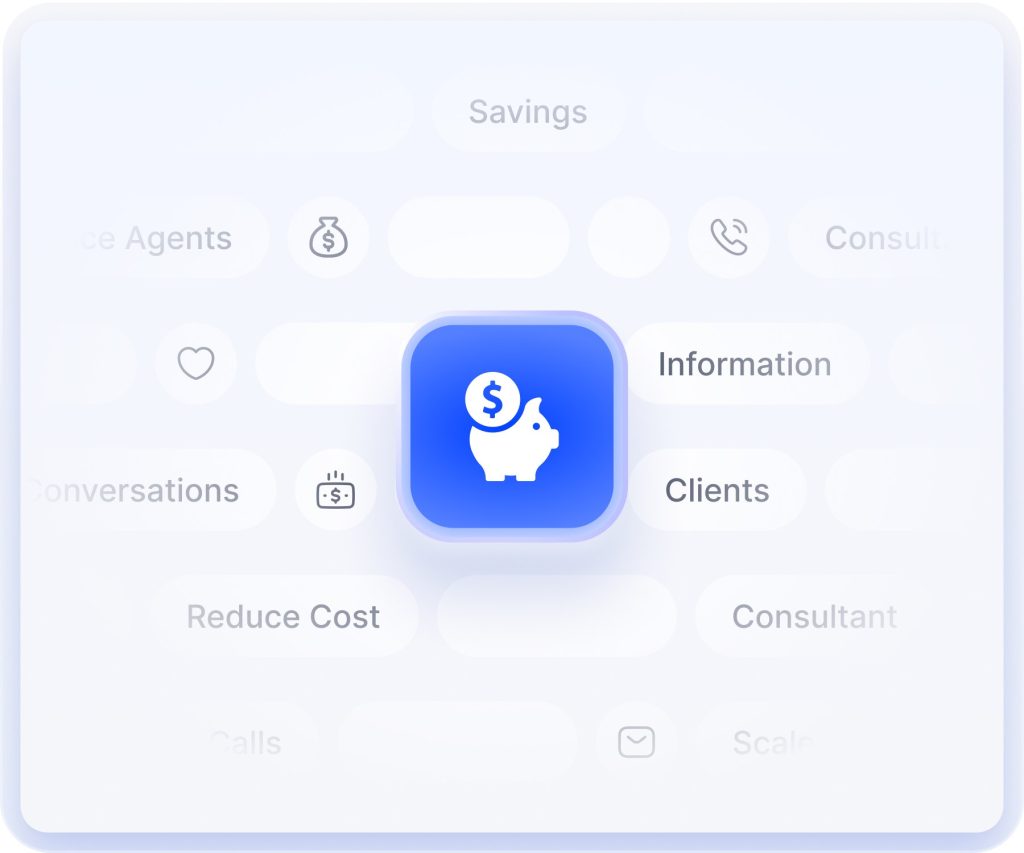
Conversational AI In Telecom Impact And Outcomes
Customer Experience And Churn Reduction
Reduce churn by 15 to 25 percent through consistent, personalized 24 7 support that resolves billing and technical issues quickly. That means fewer lost subscribers and more predictable revenue for planning and forecasting.
Revenue Acceleration From Support
Turn service interactions into upgrade opportunities by analyzing usage patterns in real time and recommending plan optimizations. These automated recommendations create measurable ARPU uplift and capture revenue without extra outbound effort.
Operational Efficiency And Cost Savings
Cut contact center costs by up to 60 to 70 percent by automating routine inquiries and reducing average handle time by 40 percent. That frees headcount and budget for strategic projects instead of volume-driven hiring.
Resilience During Peaks And Outages
Scale support capacity 10x during launches and outages without changing your infrastructure. Real-time network integration routes accurate outage information to subscribers to prevent service spikes from overwhelming agents.
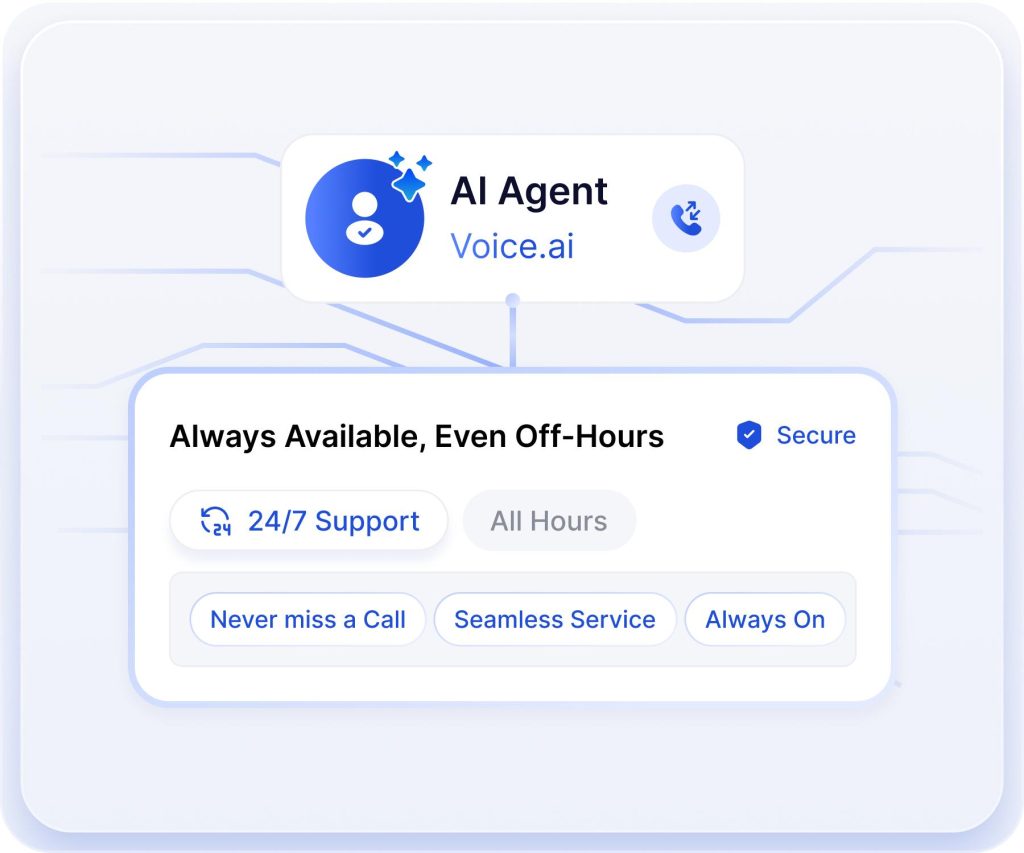
Intelligent Subscriber Support And Revenue Intelligence
Intelligent Subscriber Support
Handle billing, plan changes, and device troubleshooting end to end with natural language understanding and real-time account context. This capability reduces escalations and improves first-contact resolution for common telecom issues.
Revenue-Driving Conversation Intelligence
Identify upsell and retention opportunities during support conversations by matching usage patterns to tailored offers. The result is automated revenue capture from routine interactions without adding burden to agents.
Telecom-Native Integrations
Connect natively to BSS and OSS platforms such as Amdocs, Ericsson, Nokia, Oracle, and CSG for live billing and provisioning access. Native connectors help avoid disruption to your existing stack and speed time to value.
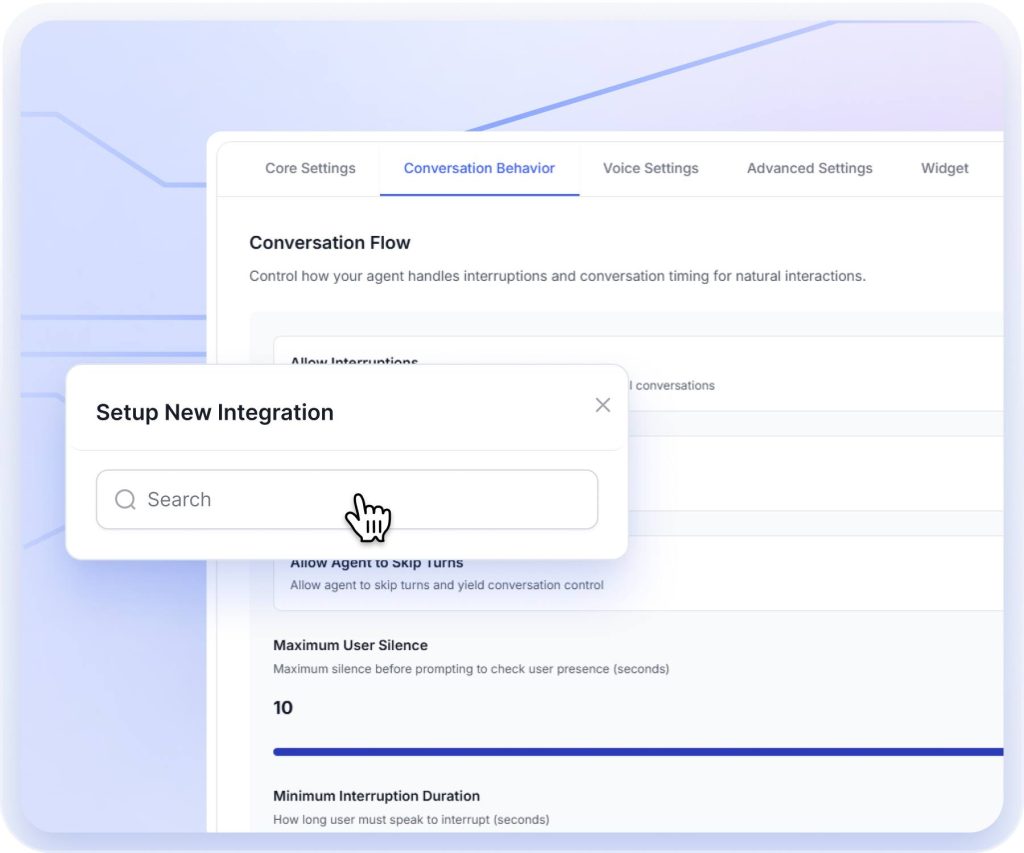
Omnichannel And Voice-First Design
Deliver consistent subscriber journeys across voice calls, chat, mobile app, and retail with preserved context. Voice-first architecture supports call transfers, conference, and real-time escalation with full conversation history.
Enterprise Security And Governance
Operate with SOC2, GDPR and HIPAA compliance and optional zero-retention mode for sensitive flows. Strong encryption and strict access controls give you the privacy posture carriers require.
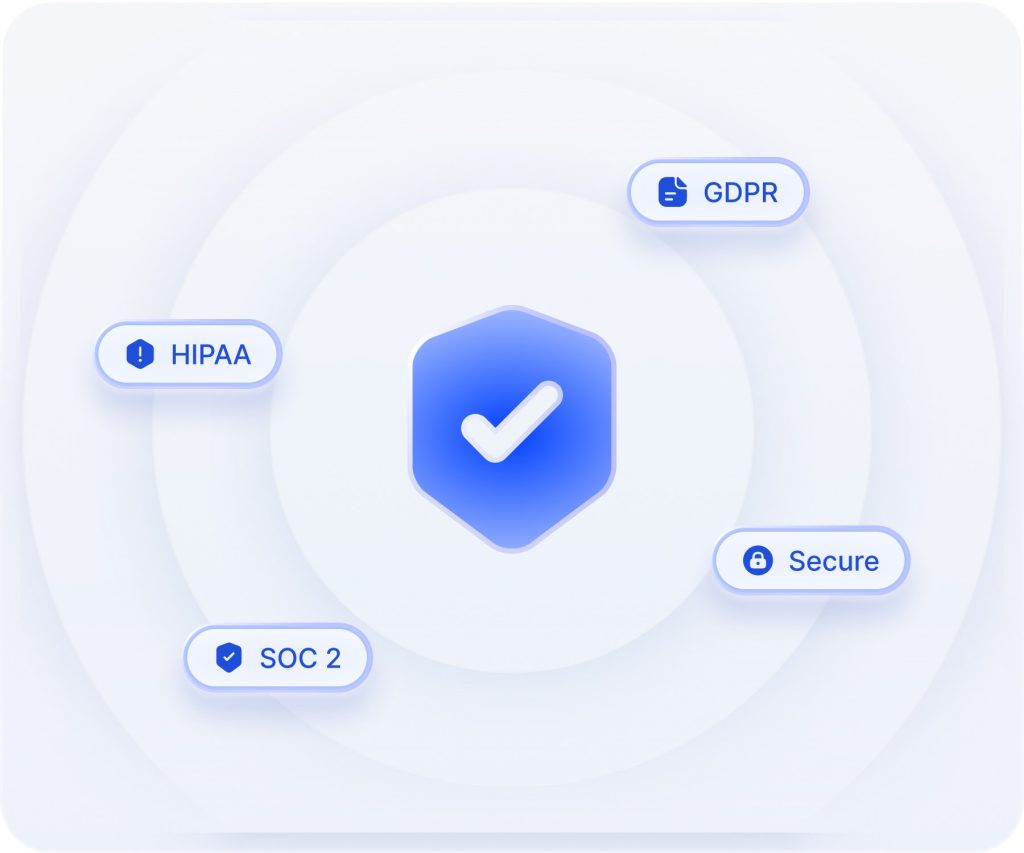
Use Cases That Move KPIs

New Subscriber Onboarding
Guide customers from plan selection to activation with personalized plan recommendations and step-by-step device setup. This reduces early churn risk and delivers a premium first impression that improves retention.

Network Outage And Peak Event Handling
Automate proactive outage notices and troubleshooting guidance while scaling support capacity instantly during network events. That prevents long hold times and preserves NPS when reliability matters most.

Billing Clarity And Dispute Resolution
Provide transparent charge explanations and usage breakdowns pulled from live billing systems, resolving billing inquiries faster and reducing dispute escalations. Faster resolution increases trust and lowers repeat contacts.

Field Service Management And Dispatch
Streamline technician scheduling and on-site troubleshooting with context-aware assistant skills and step-by-step protocols. Field teams work more efficiently and mean-time-to-repair drops.

Device Lifecycle And Trade-In Recommendations
Identify device upgrade opportunities based on age and usage, and surface trade-in or financing offers during support calls. This drives device revenue without outbound campaigns.
Integration And Rapid Deployment
Native Connectors To BSS And OSS
We provide native connectors for Amdocs, Ericsson, Nokia, Oracle, and CSG to access billing, provisioning, and network status in real time. Integration avoids data migration and preserves your existing investments.
Typical Deployment Timeline
Deploy core capabilities in as little as 45 days with a phased approach that includes integration, pilot training, and production rollout. This timeline reduces risk and accelerates measurable ROI.
Custom SLAs And Carrier Support
Choose tailored SLAs and a white-glove telecom specialist team for deployment, optimization, and expansion. Our model aligns incentives around subscriber satisfaction and revenue outcomes.
Data Privacy And Zero-Retention Options
Protect sensitive subscriber interactions with optional zero-retention and strict access controls. These features support regulatory compliance and preserve customer trust during conversational workflows.
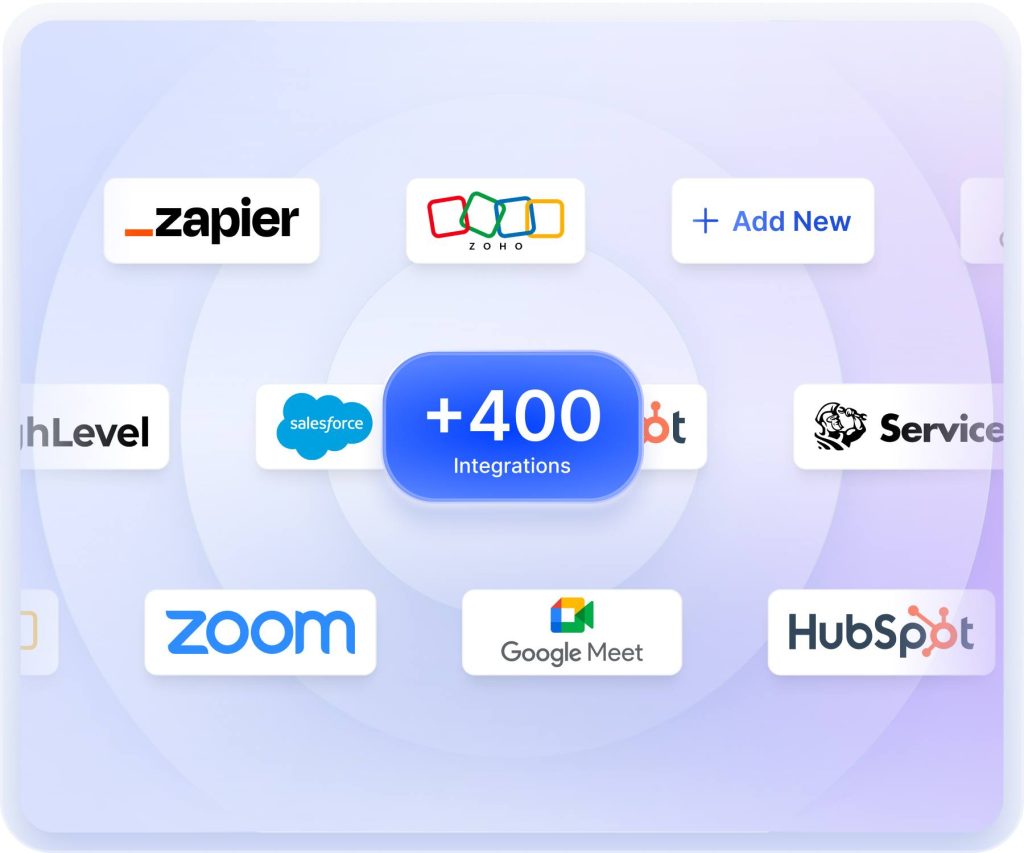
Concrete ROI Metrics And Carrier Results
Validated Performance Metrics
Achieve up to 85 percent first-contact resolution for billing and plan changes while sustaining sub-30 second response during peaks. These improvements directly reduce churn and lower per-interaction costs.
Financial Outcomes And ROI
Expect contact center cost reductions of 60 to 70 percent and material ARPU gains from automated upsell. We measure impact with revenue attribution tied to conversation outcomes so finance can verify results.
Operational KPIs
Reduce average handle time by roughly 40 percent and scale capacity 10x during product launches. Those gains mean predictable staffing and lower training expenses for operations leaders.
Case Study Snapshots
Carrier pilots demonstrate $12M annual revenue gains and a 22 percent churn reduction by converting support interactions into upsell and retention actions. These snapshots show how telecom deployments drive measurable business value.
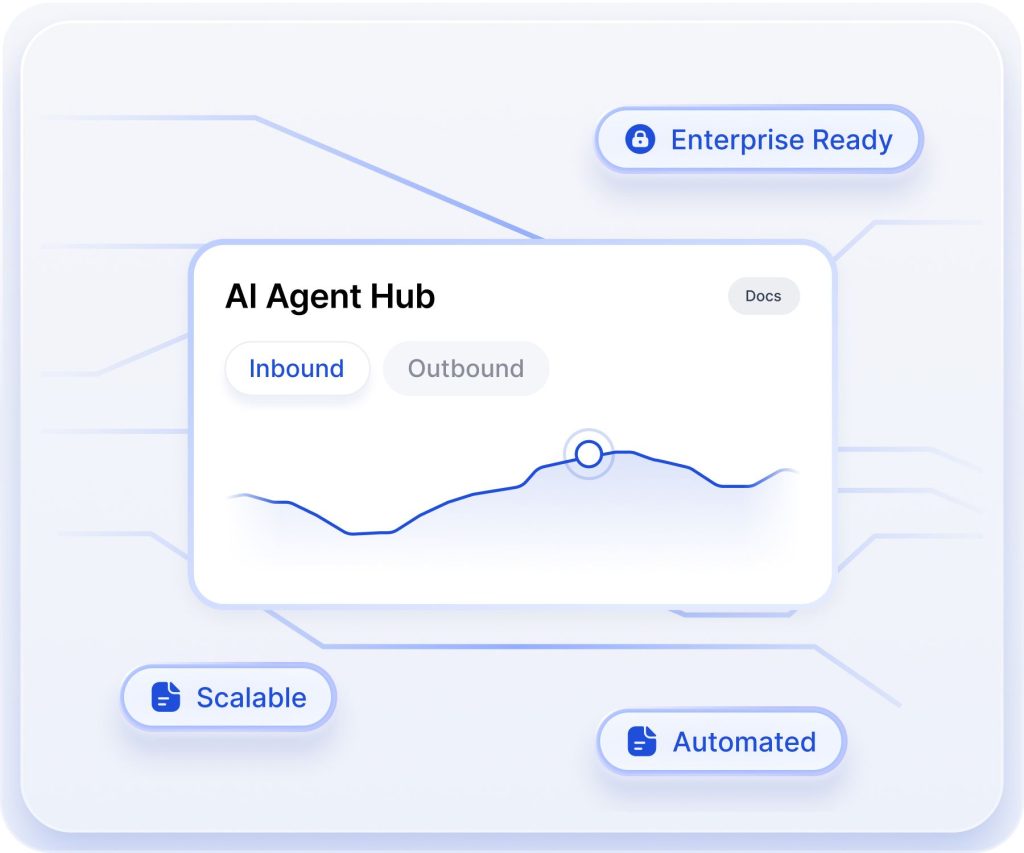
How The Conversational Platform Integrates Into Telecom Operations
Data And Context Flow
Live BSS and OSS feeds provide subscriber context to conversations so solutions give account-specific answers. This context enables plan recommendations, billing explanations, and technical troubleshooting with accuracy.
Model Learning And Continuous Improvement
Conversation outcomes feed continuous model refinement, improving accuracy without manual rule changes. You gain better intent recognition and fewer escalations over time.
Security And Governance
Deploy with enterprise controls including end-to-end encryption, role-based access, and optional zero-retention for sensitive workflows. These controls meet carrier compliance expectations for subscriber data handling.
Escalation And Agent Collaboration
Complex issues are routed to specialized agents with full conversation history and recommended next steps. Agents handle fewer routine contacts and focus on high-value resolution and sales.
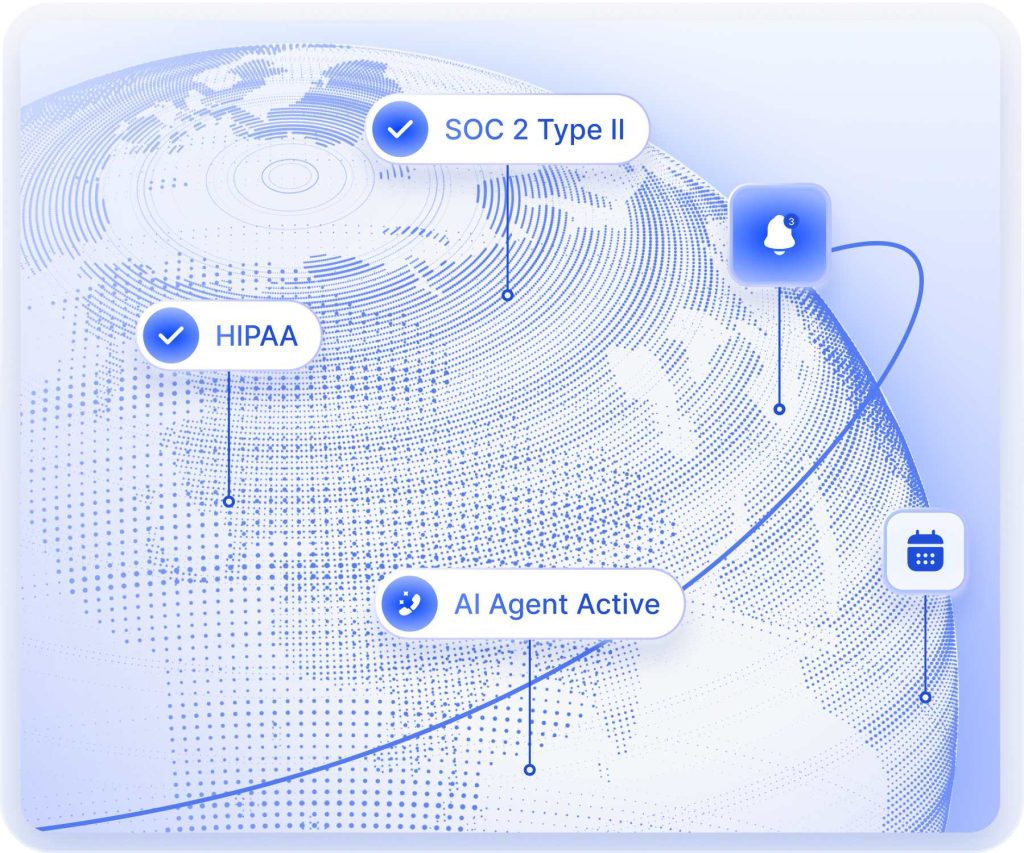
Frequently Asked Questions About Conversational AI In Telecom
What Is Conversational AI In Telecom And How Does It Differ From A Chatbot?
Conversational AI In Telecom uses telecom-specific context, real-time BSS and OSS access, and voice-first design to handle complex subscriber intents. It differs from basic chatbots by resolving multi-step billing and technical issues and routing escalations with full conversation context.
How Quickly Can Conversational AI In Telecom Be Deployed In A Carrier Environment?
Deployment can begin producing value in as little as 45 days using a phased approach. That initial timeframe covers integration with billing and provisioning systems, a pilot, and tuned conversation flows for key use cases.
Will Conversational AI In Telecom Work With Our Existing BSS And OSS Systems?
Yes. We provide native connectors for major platforms such as Amdocs, Ericsson, Nokia, Oracle, and CSG to avoid system replacement. Native integration gives live account visibility for accurate support and plan recommendations.
How Does Conversational AI In Telecom Protect Subscriber Data And Meet Compliance?
Security includes end-to-end encryption, SOC2 and GDPR compliance, and optional zero-retention mode for sensitive interactions. These measures align with carrier requirements and include signed BAAs for regulated data flows.
What Measurable ROI Can Operators Expect From Conversational AI In Telecom?
Operators have seen contact center cost reductions of up to 60 to 70 percent, churn reductions in the 15 to 25 percent range, and significant ARPU uplift from upsell automation. We provide a customized ROI forecast during assessment.
Can Conversational AI In Telecom Handle 5G Technical Support And Device Diversity?
Yes. The platform includes 5G troubleshooting skills and a device knowledge base for activation and diagnostics. This reduces technical escalations and improves response during device launches and network upgrades.
How Does The System Help With Revenue Tracking And Attribution?
Revenue-driving conversation intelligence tags upsell and retention events and attributes them to specific interactions. You receive reports that link conversation outcomes to ARPU and lifetime value improvements.
What Support And SLAs Are Available For Carrier Deployments?
We offer tailored SLAs, white-glove specialist teams, and performance-based engagement models. SLAs are built to meet telecom uptime and response requirements with ongoing optimization support.